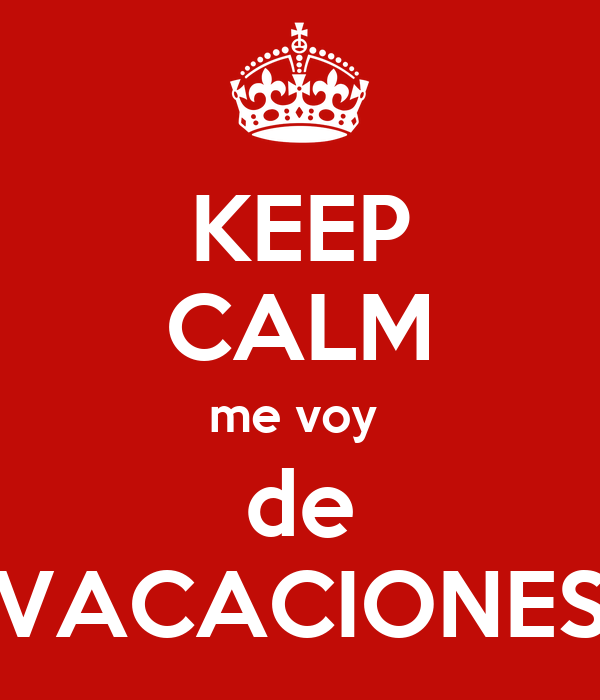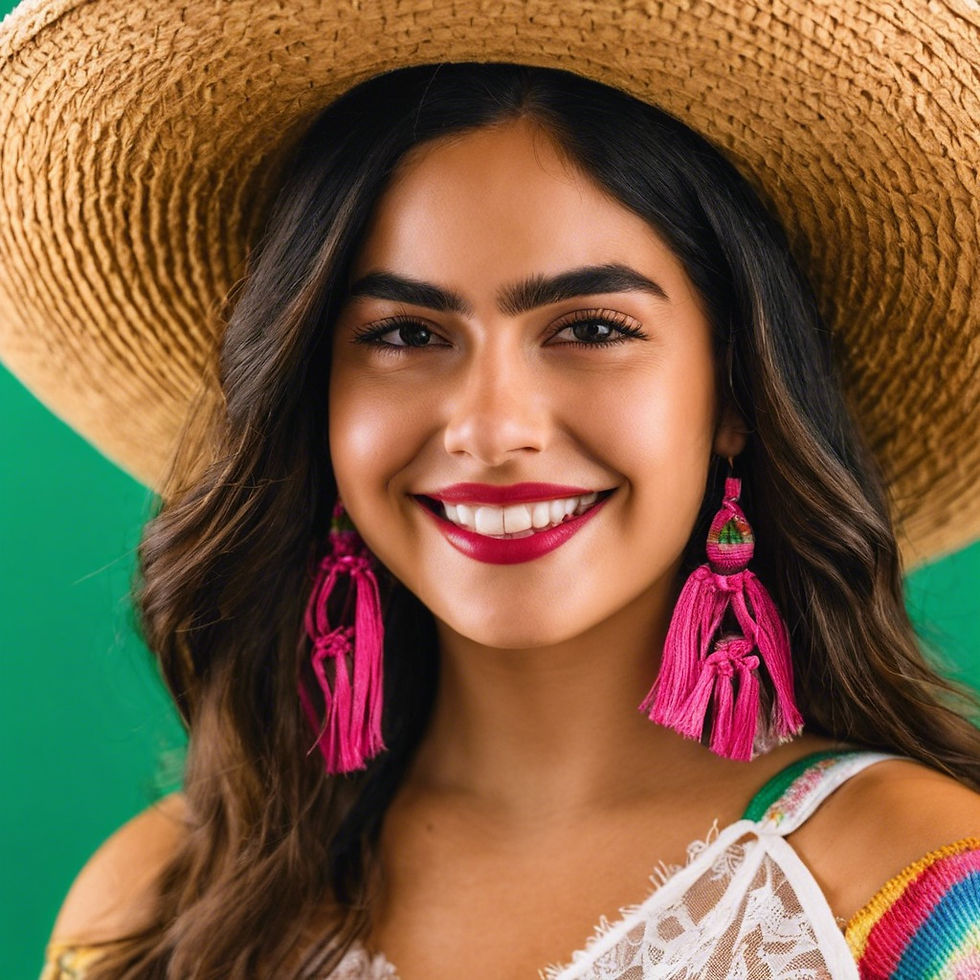TALK LIKE A NATIVE - Spice Up Your Spanish with Miss Valerie
- Valerie Swanson-Parmentier
.jpg/v1/fill/w_320,h_320/file.jpg)
- Jan 4, 2021
- 3 min read
Updated: Feb 4, 2022
The Spanish verb IR (to go) is one of the most commonly used verbs in Spanish. It can be used for everything from announcing where you are going to what you are going to do or what you did. You need to learn it and here is a shortcut so you can boost your communication skills. Follow my tip and you will be able to talk in the present and in the past in no time!

PRESENT
I go, I am going to VOY A
We go, We are going to VAMOS A
You go, you are going to, VA A
He, she , is goes, is going
They are going to, they go, you (plural) VAN A

PAST
I went FUI A
We went FUIMOS A
You, he, she, it went FUE A
They, you (plural) went FUERON A
TALKING ABOUT YOU: I want you to look at these examples (present versus past)
PRESENT
VOY (I am going to - I go)
VOY A LA FIESTA (I'm going to the party)
VOY A MI CLASSE
VOY A MEXICO
VOY A TU CASA (I'm going to your house)
VOY A ESTUDIAR (I'm going to study)
VOY A PARIS
PAST
FUI (I went)
FUI A LA FIESTA (I went to the party)
FUI A MI CLASSE
FUI A MEXICO
FUI A SU CASA (I went to her house)
FUI A ESTUDIAR (I went to study)
FUI A PARIS
HOMEWORK TO DO: Now use the vocabulary you know and create 6 sentences on your own
TALKING ABOUT HER or HIM: Look at these examples present versus past
PRESENT VA (He is, she is, it is going to)
MARIA VA AL HOTEL
(Mary is going to the hotel)
KEITH VA A SU CLASSE
(Kieth is going to his class)
THOMAS VA A CHILE
(Thomas is going to Chile)
ABUELO VA A LA PLAYA
(Grandpa is going to the beach)
BETTY VA A VISITAR EL MUSEO
(Betty is going to visit the museum)
JAMES VA A lA MONTANA
(James is going to the mountain)
PAST FUE (He, she, it went to)
BETTY JO FUE AL HOTEL
(Betty Jo went to the hotel)
KEITH FUE A SU CLASSE
THOMAS FUE A CHILE
ABUELO FUE A LA PLAYA
BETTY FUE A VISITAR EL MUSEO
JAMES FUE A LA MONTANA

HOMEWORK TO DO: Now use the vocabulary you know and create 6 sentences on your own

TALKING ABOUT WHAT WE DO: Look at these examples present versus past
PRESENT VAMOS (We are going to) PAST FUIMOS (We went)
VAMOS AL RESTAURANTE FUIMOS AL RESTAURANTE
VAMOS A LA PISCINA (...swimming pool) FUIMOS A LA PISCINA (or ALBERCA)
VAMOS AL PASTELERO (baker) FUIMOS AL PASTELERO
VAMOS AL BANCO (the bank) FUIMOS AL BANCO
VAMOS AL SUPERMERCADO (the supermarket) FUIMOS AL SUPERMERCADO
VAMOS AL BAR FUIMOS AL BAR
HOMEWORK: Now use the vocabulary you know and create 6 sentences on your own

TALKING ABOUT THEM: Look at these examples present versus past
PRESENT VAN (They/you plural are going to)
VAN A PRACTICAR LA CANCION
(they are going to practice the song)
ELLAS VAN A COCINAR LA CENA
(They are going to prepare the dinner)
ELLOS VAN A ESCUCHAR LA RADIO
(They are going to listen to the radio)
ELLOS VAN A VER TELEVISION
(They are going to watch TV)
ELLAS VAN A NUEVA YORK
VAN A COMPRAR COSAS?
(Are you going to buy things?)
PAST FUERON (They, you plural went)
FUERON A PRACTICAR LA CANCION
(they went to practice the song)
FUERON A COCINAR LA CENA
(They went to prepare the dinner)
ELLOS FUERON A ESCUCHAR LA RADIO
ELLOS FUERON A VER TELEVISION
ELLAS FUERON A NUEVA YORK
FUERON A COMPRAR COSAS
HOMEWORK TO DO: Now use the vocabulary you know and create 6 sentences on your own

"I am just going to look, I am not going to buy anything" A woman-
ASKING & ANSWERING QUESTIONS:
THE KEY TO BOOSTING YOUR COMMUNICATION
I want you to practice this, so you feel more confident when speaking Spanish

¿Fue a muchos restaurantes? Did you go to many restaurants?
Si, fui a muchos restaurantes. Yes, I went to many restaurants.
¿Fue a muchas playas diferentes? Did you go to many different beaches?
Si, fui a ............ Yes, I went to....
¿Fue a visitar Valeria? Did you visit Valerie?
Si, fui a ........... Yes, I went to
¿Fue a pescar con Luis? Did you fish with Luis?
Si, fui a ..........
¿Fue a Cuba solo? Did you go to Cuba alone?
Si, fui a Cuba.....
Fue a nadar con Nadia? Did you swim with Nadia?
Si, fui a.....









Comments